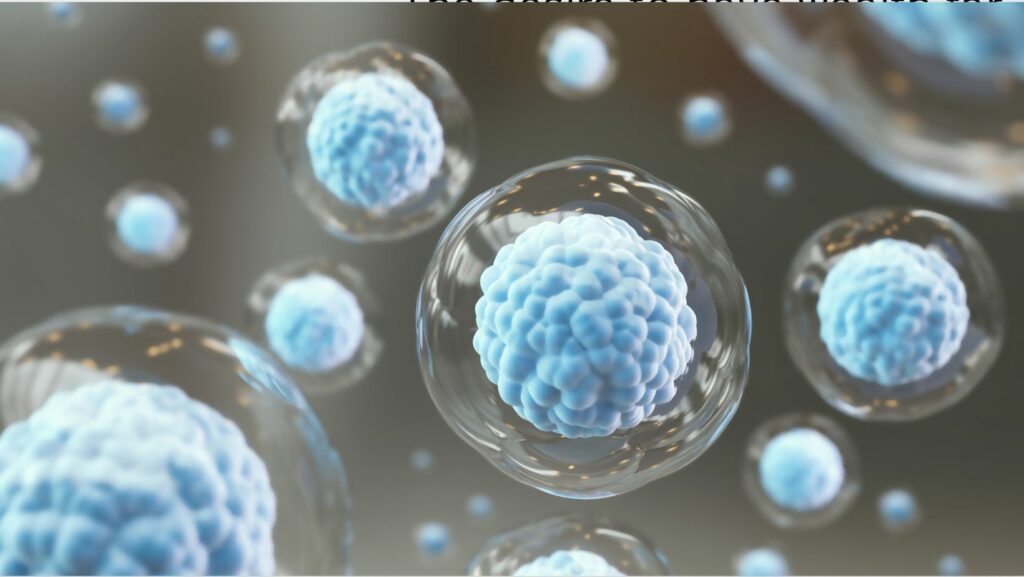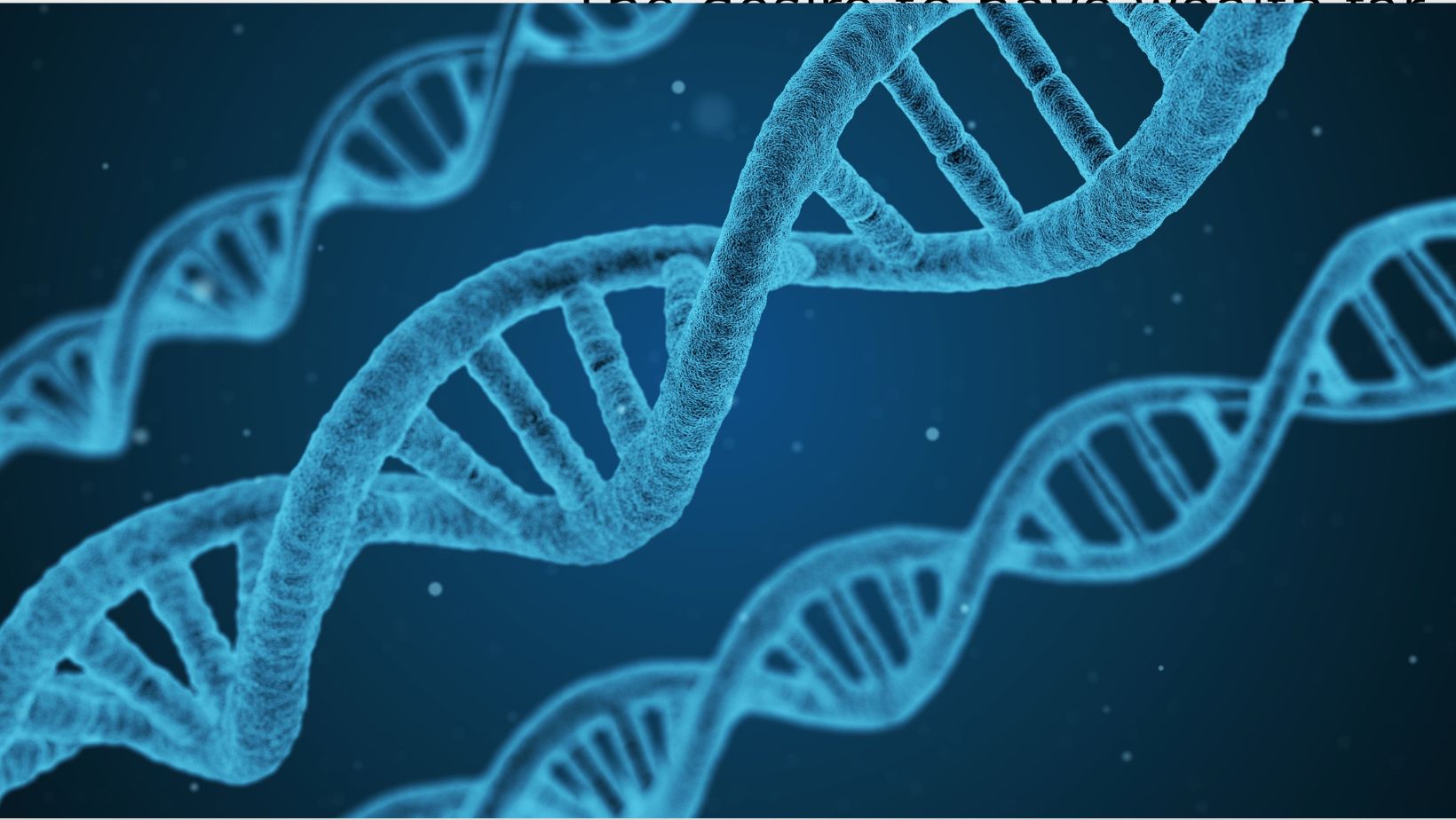
The Process of 11 4 Meiosis and its Impact on Genetic Diversity and Species Survival
11 4 Meiosis
I’ve always been fascinated by the intricacies of biology, especially when it comes to the process of cell division. One particular type of cell division that has captured my attention is meiosis. Meiosis is a crucial process that occurs in organisms for sexual reproduction, and it plays a vital role in the creation of gametes. In this article, I’ll delve into the fascinating world of meiosis and explore the 11 stages involved in this complex process.
When it comes to understanding the process of meiosis, it’s important to grasp the significance of genetic diversity. Meiosis is responsible for creating genetic variation in offspring, which is essential for the survival and evolution of species. By undergoing two rounds of division, meiosis ensures that each gamete receives a unique combination of chromosomes.
Crossing Over in Meiosis
Definition and Importance
Crossing over, also known as recombination, is a crucial process that occurs during meiosis. It is a fundamental mechanism that contributes to genetic diversity and plays a vital role in the evolution and survival of species.
During crossing over, homologous chromosomes exchange genetic material. This exchange occurs at specific points called chiasmata, where the chromosomes physically overlap and swap portions of their DNA. As a result, new combinations of genes are created, leading to the formation of genetically unique offspring.
Process of Crossing Over
Crossing over takes place during Prophase I of meiosis. This is the longest phase of meiosis and is divided into five subphases: leptotene, zygotene, pachytene, diplotene, and diakinesis. It is during the pachytene subphase that crossing over occurs.
Here is a step-by-step breakdown of the process:
- Leptotene: The chromosomes start to condense, becoming visible under a microscope. Each chromosome consists of two sister chromatids.
- Zygotene: Homologous chromosomes pair up, aligning gene by gene. This process is known as synapsis.
- Pachytene: The homologous chromosomes continue to condense and become tightly bound. At this stage, crossing over occurs. Enzymes break the DNA strands, allowing them to exchange genetic material. The exchanged segments may contain different alleles for the same gene.
- Diplotene: The chromosomes start to separate, but the points where crossing over occurred remain visible as chiasmata.
- Diakinesis: The chromosomes further condense, and the nuclear envelope begins to break down, preparing for the next phase of meiosis.

Genetic Variation in Meiosis
During the process of meiosis, genetic variation is generated through several mechanisms. These mechanisms contribute to the diversity of offspring and are essential for the survival and evolution of species. In this section, I will discuss two key mechanisms of genetic variation in meiosis: independent assortment and random fertilization.
Independent Assortment
Independent assortment is a process that occurs during the metaphase I stage of meiosis. It involves the random alignment and separation of homologous chromosomes. This random alignment results in the different combinations of maternal and paternal chromosomes in the resulting gametes.
To understand independent assortment, imagine a pair of dice. Each die has six sides, numbered from one to six. When you roll the dice, the outcome is determined by chance. In a similar way, during independent assortment, the alignment of homologous chromosomes is a random event. The resulting gametes will have different combinations of chromosomes, leading to genetic variation in the offspring.
Random Fertilization
Random fertilization is another mechanism that contributes to genetic variation in meiosis. Once the gametes are produced through the process of meiosis, they have the potential to combine with any other gamete during fertilization. The chance of a particular sperm fertilizing a particular egg is entirely random.
The random nature of fertilization means that the genetic material from the mother and father is combined in a unique way in each offspring. This further increases the genetic diversity within a population.
To illustrate this, consider a deck of cards. Each card represents a different genetic combination. When two individuals reproduce, it’s like shuffling the deck and drawing two cards at random. The resulting combination of cards represents the genetic makeup of the offspring. With a deck of 52 cards, the number of potential combinations is enormous, leading to a wide range of genetic variation.





